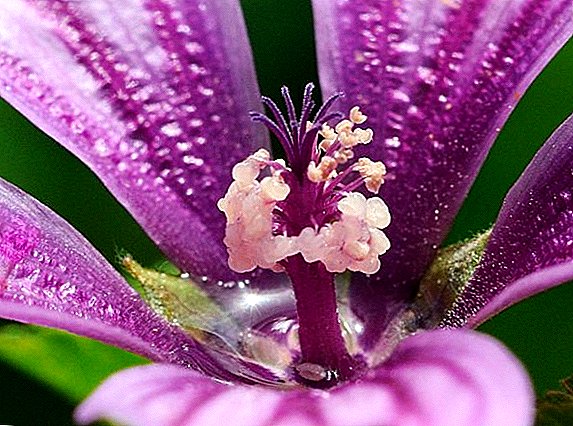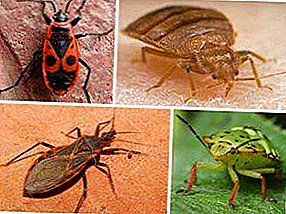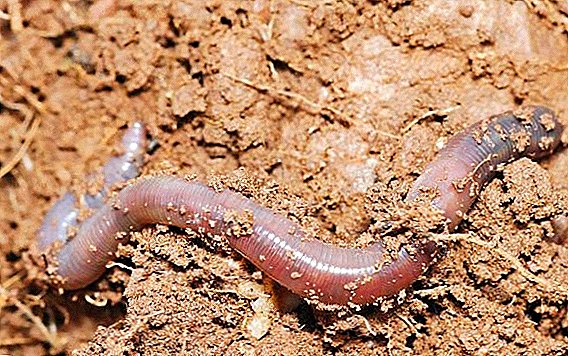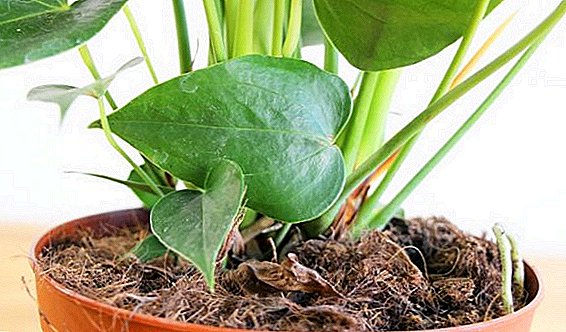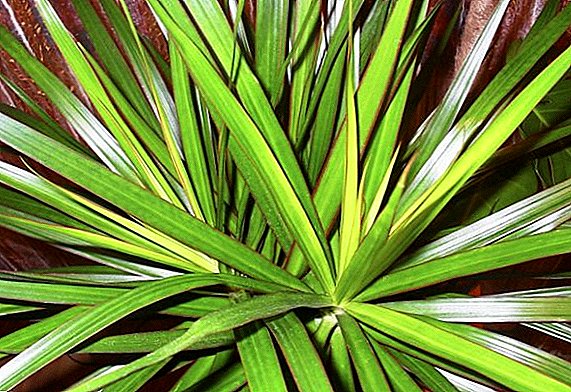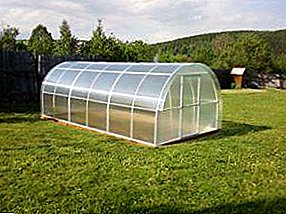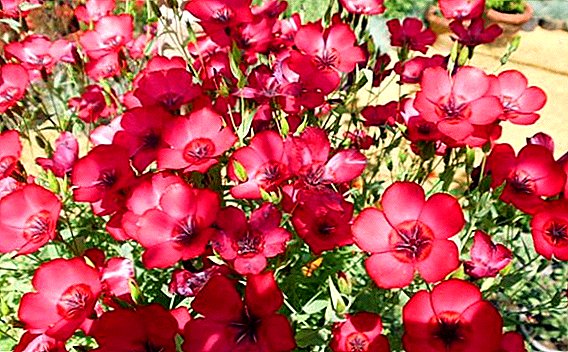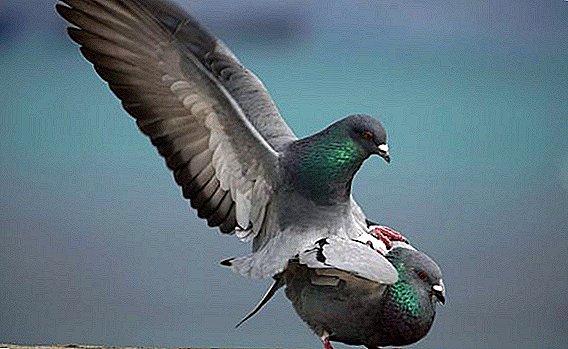 Judging by the abundance of pigeons in our cities, these birds have no problems with reproduction. However, when it comes not to spontaneous reproduction, but to the purposeful breeding of these birds at home, it turns out that the controlled process is subject to strict rules. They are not complicated, but their novice pigeon breeder needs to know.
Judging by the abundance of pigeons in our cities, these birds have no problems with reproduction. However, when it comes not to spontaneous reproduction, but to the purposeful breeding of these birds at home, it turns out that the controlled process is subject to strict rules. They are not complicated, but their novice pigeon breeder needs to know.
Mating season
The fact that pigeons are ready to enter into a serious relationship in order to obtain offspring is evidenced by their peculiar behavior. A dove entering the mating season begins to actively care for the pigeon that attracted him, inflating the goiter, fanning the tail with a fan, cooing loudly, dancing and circling before the chosen one. That, if the gentleman reached out to her heart, begins to respond in the form of a flirtatious nodding of the head, gentle cooing and “sailing” to the groom on the tail.  Usually the mating season for these birds begins in early March and lasts until mid-September. But experts believe the best time for mating pigeons is the end of April - the beginning of May.
Usually the mating season for these birds begins in early March and lasts until mid-September. But experts believe the best time for mating pigeons is the end of April - the beginning of May.
Did you know? Sports pigeons, developing a speed of up to 120 km / h, are able to overtake even swifts - recognized speed champions among birds.
Preparation for the tribal period
The main preparation for the tribal period in the winter is the proper nutrition of the future pigeon parents. To successfully resist the cold, birds have to spend a lot of calories that need to be replenished.
On average, one pigeon eats about 50 g of feed per day. In winter, these 50 g should be sated mainly with different grains, half of which usually fall on barley.
Learn how the pairing of horses and rabbits.
It is necessary to add mineral additives to the grain:
- a piece of chalk;
- large river sand;
- crushed red brick;
- crushed shells.
 It is also useful to give the bird in winter from time to time instead of drinking water decoctions of dried nettle or pine needles. In preparation for the breeding season, experienced poultry farmers feed their pets with germinated grain, which contributes to increasing the fertility of the bird.
It is also useful to give the bird in winter from time to time instead of drinking water decoctions of dried nettle or pine needles. In preparation for the breeding season, experienced poultry farmers feed their pets with germinated grain, which contributes to increasing the fertility of the bird.Selection of pigeons for mating
In winter, males and females are usually divided in order to avoid premature egg-laying, which takes away strength from pigeons without bringing any benefit. At the same time, planning for future couples begins.
Important! It should pick up a pair of pigeons with the same temperament. Otherwise, an overly active pigeon and a timid pigeon will not get a normal mating, as well as a dashing male and a weak female.It is also not recommended to make a pair of birds that have similar disadvantages or who are in close relationship.
Age
Domestic pigeons, which can live to 20 years, do not lose their reproductive abilities to 12 years of age. However, experts do not recommend taking birds for mating, which are already more than ten years old, because at this age there is no guarantee that the parents will have completely healthy chicks. Usually they have low immunity, which creates a predisposition to various diseases.  Although pigeons reach sexual maturity at the age of six months, it is not recommended to pair such young creatures. Too young females are often not able to fully sit through the eggs or feed the chicks. In addition, they often carry unfertilized eggs. Pigeon breeders consider the optimum age for mating to be one or two years, when birds are fully prepared for the normal production of full-fledged eggs, their proper brooding and fruitful feeding of the chicks.
Although pigeons reach sexual maturity at the age of six months, it is not recommended to pair such young creatures. Too young females are often not able to fully sit through the eggs or feed the chicks. In addition, they often carry unfertilized eggs. Pigeon breeders consider the optimum age for mating to be one or two years, when birds are fully prepared for the normal production of full-fledged eggs, their proper brooding and fruitful feeding of the chicks.
Did you know? Pigeon meat, in which water accounts for less than half the total weight, is six times more nutritious and nutritious than chicken.
But at the same time, the age of pigeons should be correctly determined, since half-year-old birds outwardly look very similar to their parents:
- To clarify the pigeon's age, first of all, they pay attention to the cinnamon, that is, to the leathery thickening at the very base of the beak. This ceres extends and grows coarser with the age of the bird. In young pigeons, it is sustained in pink tones, which eventually turn into white.
- You should also pay attention to the legs of birds. In chicks, they are pink and covered with delicate skin, and in adults they become radically red and rough.
- The pigeon age can also be determined by the eyelid, which is practically transparent in young birds, and noticeably whiter in adults.
Read also about how to feed pigeons, how to build a dovecote and how to breed pigeons.
The size
The assumption that the better the fattened dove is, the fatter it is, the more able it is to give better offspring, does not at all coincide with reality. In fact, the overly dove-dove has difficulty laying eggs. But an overly thin bird has a problem with hatching eggs, which its fragile body cannot fully warm. 
Types of mating
This process is natural, that is, at the discretion of the birds, which independently choose a mate for themselves. If a person interferes in the process of formation of pairs, then it is a question of forced, that is, artificial mating.
Natural
Typically, this type of formation of pairs is resorted to at home, when the pigeon house contains birds of the same breed. A pigeon chooses a dove that he likes and starts gallantly courting her. The dove at the same time has the opportunity to favorably accept the marriage advances of the gentleman, or to show him his complete indifference.
It will be interesting to find out where and how many pigeons live and how you can get infected from pigeons.
The pair of monogamous pigeons formed on the basis of reciprocity are exceptionally resistant. Birds, as a rule, remain faithful to each other throughout their lives. 
Forced (artificial)
Forced, that is, solely by the will of man, pigeon breeders mate in cases where they wish to engage in selection or breeding of purebred chicks. For breeding birds with new properties, males and females of different breeds are selected, whose best qualities they wish to combine in the new breed. And to improve a particular breed, a male and female are chosen from this group, who have the most advantageous characteristics from the breeder's point of view.  With the forced method, the selected couple is placed in a cage or a special aviary where it spends the night, after which the birds are released back into the flock. The most crucial stage during the artificial creation of a pair is to correctly determine the sex of the pigeons. Since these birds do not have clearly visible sex differences, it is not very easy to do. However, there are some characteristic features by which you can distinguish a pigeon and a dove, yet there are:
With the forced method, the selected couple is placed in a cage or a special aviary where it spends the night, after which the birds are released back into the flock. The most crucial stage during the artificial creation of a pair is to correctly determine the sex of the pigeons. Since these birds do not have clearly visible sex differences, it is not very easy to do. However, there are some characteristic features by which you can distinguish a pigeon and a dove, yet there are:
- pigeons are almost always more massive than pigeons, have a higher forehead and bright plumage;
- the doves are “dressed” less catchy, their heads are sloping, and their bodies are smaller.
 However, a long-term union with them, as a rule, does not work: after raising chicks, such pairs usually fall apart. This fact once again confirms the validity of the saying: "Love cannot be forced".
However, a long-term union with them, as a rule, does not work: after raising chicks, such pairs usually fall apart. This fact once again confirms the validity of the saying: "Love cannot be forced".Nest arrangement
In the world of pigeons, the duty to build a nest lies on the male. He is engaged in the search for building materials in the form of twigs, straws and blades of grass, transports them to the site of construction of the nest and builds it. The female, on a purely female basis, designs the family nest, trimming it and making it more comfortable and cozy for future offspring.
Important! In order to avoid quarrels and fights between males for the best "apartment", it is recommended to install nesting boxes in the amount twice the number of pigeon pairs.
When nesting in the dovecote, it is necessary to help the birds and perform the following actions:
- before the birds start building nests in the pigeon house, general cleaning is carried out, for which winged tenants are temporarily resettled to the aviary;
- each compartment in which birds live is divided by a partition into two parts and put there boxes for nesting, which are usually made of wood or wire;
- To make it easier for the males to find building materials, a pile of twigs, hay, straw or mowed grass is put on the floor of the pigeon house. Usually birds build their nests from two to three weeks.

Laying and hatching eggs
About two weeks after mating, the females lay eggs for two or three days. In mature birds, they rarely number more than two, and overly young or elderly females usually lay one egg. The weight of each egg having a white color reaches a maximum of 20 g.
In the process of pigeon laying, there is one significant point. Dove lays eggs at intervals of about two days. Most often, the dove starts to incubate only after the appearance of the second egg. But sometimes she immediately sits on the first one, as a result of which the second chick appears a day or two later than the first, which is very undesirable.
Important! During hot weather, it is recommended to humidify the air of the pigeon house by spraying with water, which is useful for the embryo, since softening the eggshell makes the pigeon easier for the hatching process.
Born first, being more active and strong, pushes back the weaker second when feeding. To solve this problem, the first egg is either simply taken from the mother, keeping it at room temperature aside until the second egg appears, or is replaced with a dummy again until the second one appears. Pigeons are excellent parents, so the eggs hatch both, although the lion’s share of the incubation is still in the female. This process lasts from 16 to 20 days. 
Care for offspring
Doves hatch and free themselves from the remnants of the shell not immediately, but for almost twenty hours, appearing to the light blind and almost naked. However, after only a couple of hours after birth, they are able to eat. To this end, a caring mother in her goiter prepares for them a special blend rich in protein and fats - the famous bird's milk. This mixture pigeons feed for two weeks, and then transferred to the crushed and softened grains.
Find out where you can see pigeon chicks and how to feed the little pigeon.
They are already able to peck on their own, since by this time they have a fully formed beak. Pigeons do not leave the native nest until they are 40-46 days old. After two months, the chicks in appearance is almost impossible to distinguish among adult birds. 
How many times do pigeons breed each year
As already mentioned, the mating pigeon period lasts from the beginning of March to mid-September. A healthy adult couple is able to give offspring for a season up to seven times. However, golubevody not recommend pairing birds in the summer, since the hatched chicks may not have time to get feathering and die before the winter cold.
Breeding pigeons at home does not require excessive physical effort from a person, but presupposes in him the presence of patience, accuracy, observation and, of course, great love for these wonderful birds.


